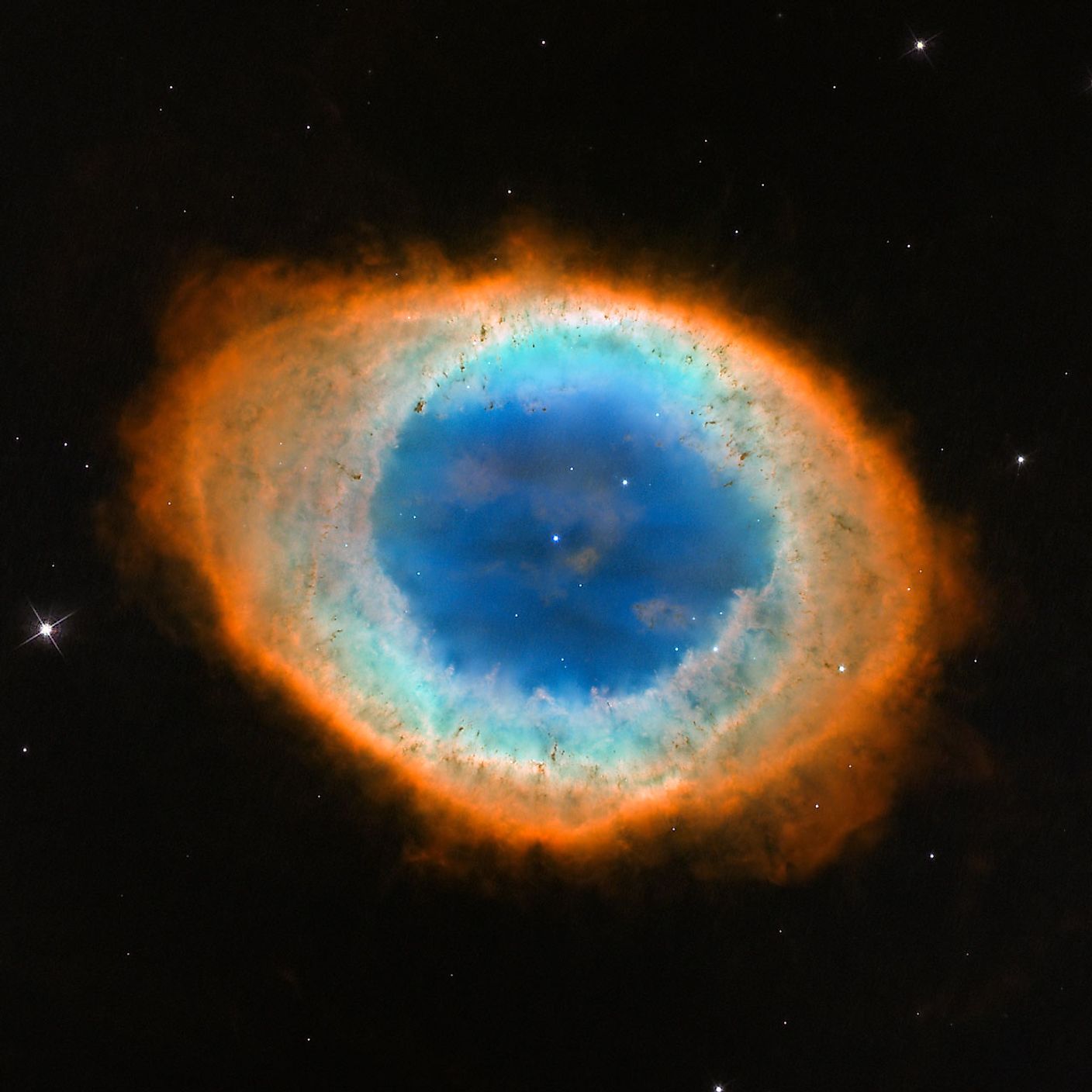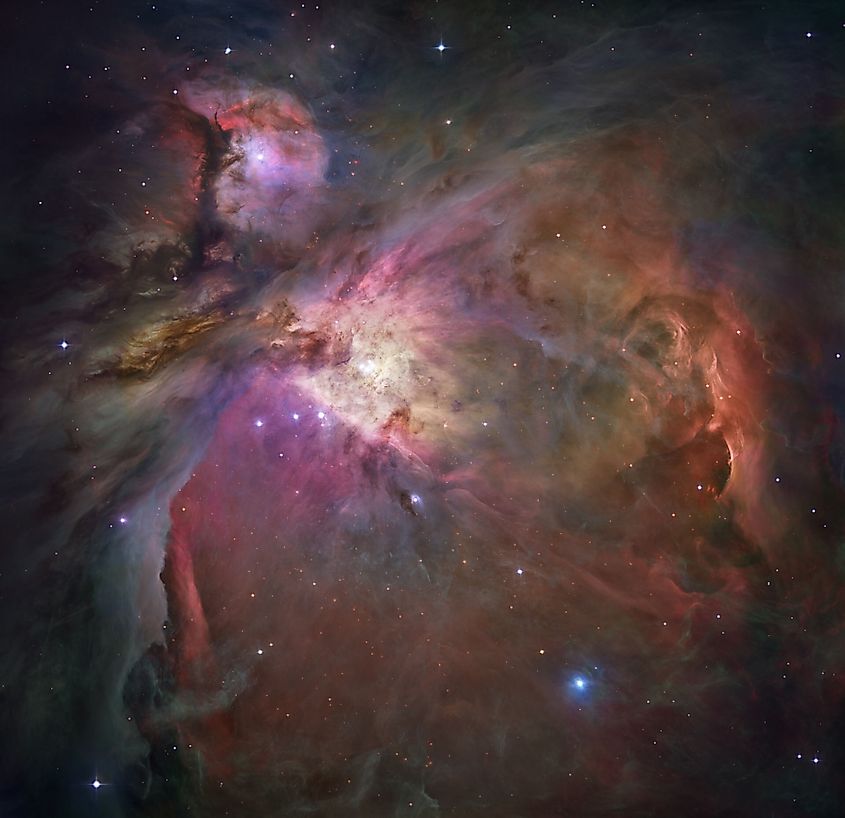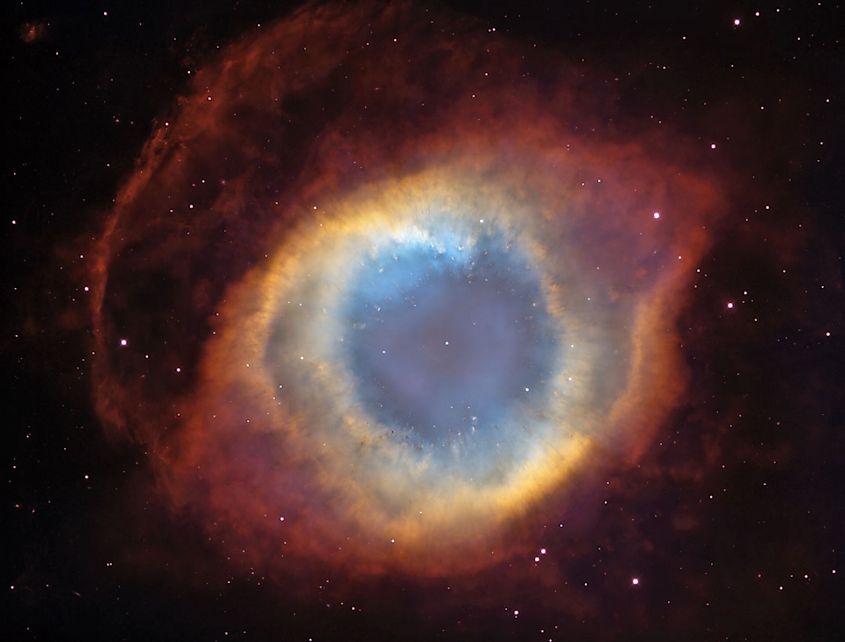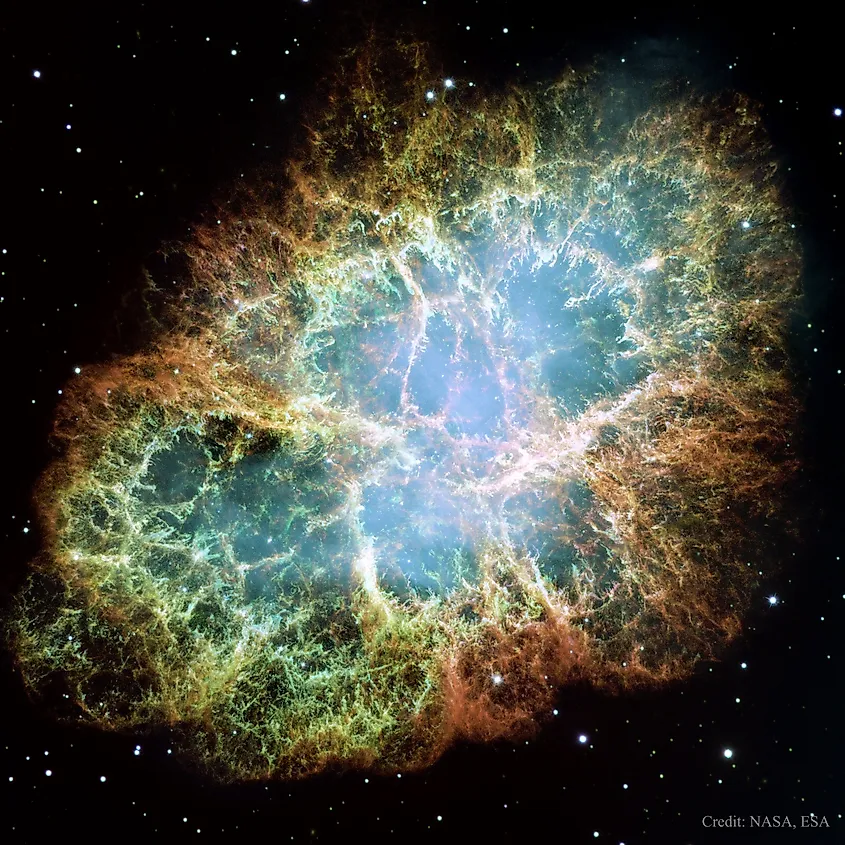
The Different Types Of Nebulae
Nebulae are vast regions of star-forming material and generally the birthplaces of stars. However, not every nebula is a stellar nursery, and even the ones that are can come in different types. Overall, there are four different types of nebulae. What are the different types of nebulae, and how are they different from each other?
Stellar Nurseries

Nebulae, where stars form, come in two types: reflection nebulae and emission nebulae. A reflection nebula is a stellar nursery reflecting light rather than emitting light. A reflection nebula can emit light, yet the density of the nebula usually prevents any light from escaping into space. Instead, a reflection nebula will reflect the light of nearby stars into space. Interestingly, since reflection nebulae reflect rather than emit light, it is difficult to determine their exact composition. When astronomers generate a spectrum of a reflection nebula, that spectrum will show the composition of the reflected light and thus the composition of the objects whose light is being reflected. It can be fairly easy to determine if a nebula is a reflection nebula: simply look at the color. Reflection nebulae tend to scatter blue light, so they are almost always blue.
Emission nebulae are the complete opposite of their reflective counterparts. Emission nebulae are where most stars are born, and the amount of energy released by so many forming stars ionizes atoms within the nebula. High energy photons excite nearby atoms, causing their electrons to jump to a higher energy level. When those electrons fall back to their original energy level, they release their stored energy in the form of photons, producing light. Thus, emission nebulae can produce their own light. Because of this, astronomers can accurately determine the composition of emission nebulae using spectroscopy. Like reflection nebulae, an emission nebula can be identified by its color. Excited hydrogen atoms tend to give off red light, so most emission nebulae are red.
Planetary Nebula

There are two types of nebulae that do not contain forming stars. Instead, they are the product of stars that have ceased to exist, releasing their material into space. The two types of stellar remnant nebulae are planetary nebulae and supernova remnants.
Every star begins its life virtually the same way: the gravitational collapse of a hydrogen gas cloud. As hydrogen clumps together and forms gigantic clouds, the temperature of the hydrogen increases. A star is born as soon as conditions allow for the fusion of hydrogen nuclei into helium nuclei. As long as hydrogen fusion occurs within the core of a star, the energy produced counteracts the star's gravitystar, placing the star in a state of equilibrium. However, every star contains only a finite amount of usable hydrogen. Eventually, it will run out for every star. For sun-like stars, the running out of hydrogen leads to a buildup of helium in the star’s core. As conditions are inefficient to fuse helium, the star's gravity takes over, and the star begins to collapse. As the star collapses, temperatures and densities start to increase. These changes allow the star to fuse helium into heavier elements such as carbon and oxygen.
As the star begins to fuse heavier elements, energy from the core now tips the scale and overtakes the star’s gravity. The star begins to expand well beyond its original size. As the star grows, surface temperatures become dispersed over a larger surface area. The result is a gradual cooling of the star’s outer layers, giving the star a red color. At this stage, the star has become a red giant. This process of contraction and expansion may occur several times as different atoms build up and fuse in the star’s core. Although the star may have expanded to many times its original size, its mass has actually been decreasing. As the star expands, its own gravity isn’t strong enough to hold everything together. The outer layers of the star begin to evaporate from the star. Eventually, the star sheds most of its material, creating a shell of stellar material, and becomes a planetary nebula.
Supernova Remnant

High mass stars die in a much different fashion than low mass stars. Since their mass is much higher, the gravitational collapse of the star is far more intense, allowing for the fusion of much heavier elements. As soon as a high-mass star forms iron in its core, its fate is sealed. Although the most massive stars will be able to fuse iron into even heavier elements, the process of fusing iron absorbs more energy than it releases. As a result, the star’s gravity gains complete control, and the final collapse of the star becomes inevitable. Pressures become so high in the core that individual atoms are squeezed together, with electrons and protons even merging to form neutrons. The core is now composed almost entirely of neutrons, becoming what’s known as a neutron star. As the outer layers of the star collapse, they impact the forming neutron star and rebound in a massive explosion called a supernova. The energy emitted from such an explosion may even outshine the combined brightness of every other star in the galaxy. The star's material is blown into space and becomes a supernova remnant.











